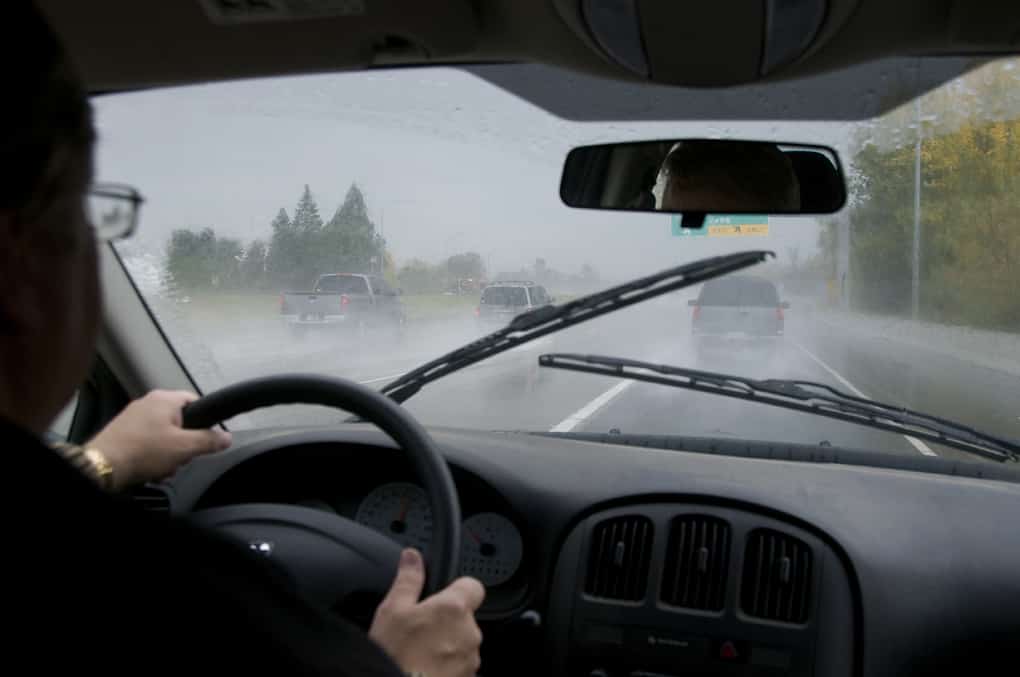Western Oregon will see different types of weather in the days ahead and they may mean hazardous road conditions.
A mix of autumn weather conditions will continue to bring hazardous driving conditions through the region in the days to come.
Rain, snow, fog and even lingering wildfire smoke will make driving hazardous as we finally transition from summer to fall. And that means we should expect slick conditions on roads in the valleys and on the Oregon Coast, with snow levels dropping in the Cascades.
It’s been like that this week. Blinding visibility caused by fog, smoke and other forms of haze was especially hazardous along Interstate 5 in the Willamette Valley, north of Eugene where dozens of crashes caused numerous injuries. The interstate was closed at one point, and school buses were brought in to help relocate stranded motorists.
Roads closed by fog, smoke or driving snow is nothing new in Oregon, of course, but what happened on I-5 this week was a reminder that road hazards can pop up suddenly.
These first rains in western Oregon since September may bring oil and grease to the surface, making roads unexpectedly slick and treacherous especially when mingled with the autumn leaves.
It’s been a while since we’ve seen truly wet roads so we all may need a few reminders for driving in rain and poor visibility.
- Be aware of conditions. Rain can create dangerous driving with reduced visibility, and reduced traction between tires and the road means less predictable car handling. When it’s raining, be cautious and give yourself more time to get where you are going.
- Slow down, especially in high water. Driving through several inches of water at high speeds can cause you to lose control. Lowering your speed helps you watch for sudden stops caused by disabled cars, debris and other hazards.
- Rain is equally hazardous to bicyclists. Traction decreases, braking can be unsteady and skidding cars can present an even greater threat.
- Turn on your headlights to improve visibility. Disengage your cruise control.
- Keep your distance. A car needs two to three times more stopping distance on wet roads.
- Replace wiper blades regularly. Make sure your defroster is functioning properly, especially if you haven’t used it in a while
- Check your brakes. After driving through a puddle, make sure the brakes are working properly by tapping them gently a few times.
- Check your tires. Make sure tires are in good condition and are at the recommended inflation level. Tires should have at least 1/32 of an inch tread depth at any two adjacent grooves, the minimum allowable by law. Driving on over-inflated or under-inflated tires is dangerous on wet pavement.
- Watch for hydroplaning. Hydroplaning occurs when your front tires surf on a film of water. It can occur at speeds as low as 35 mph, especially if tires are worn. If you hydroplane, ease off the gas, gently apply the brakes and steer straight ahead.
And perhaps most important is to look out for one other. Motorists need to keep an even sharper eye out for bicyclists and pedestrians when visibility is poor.


